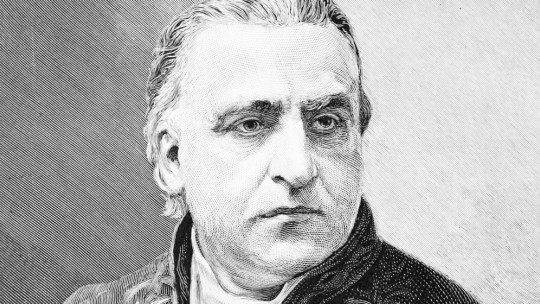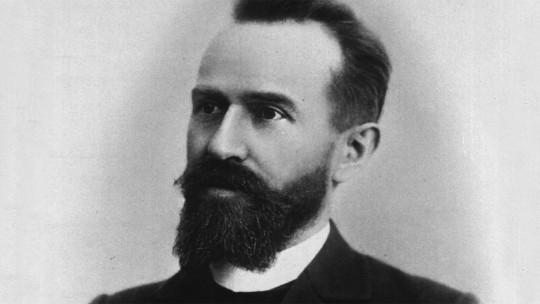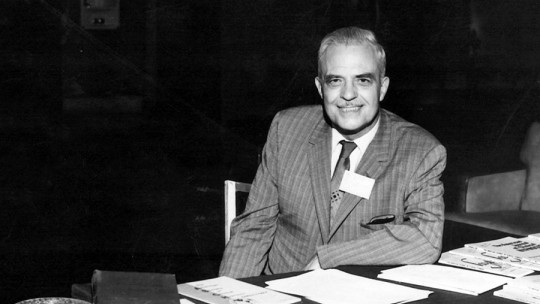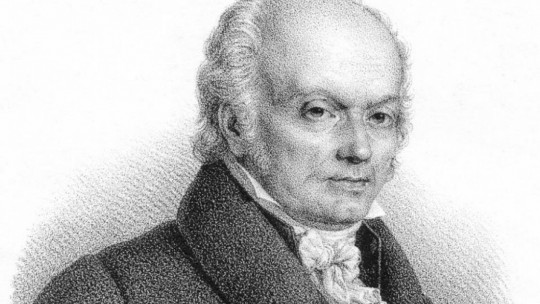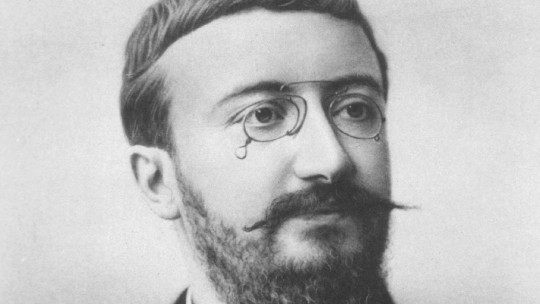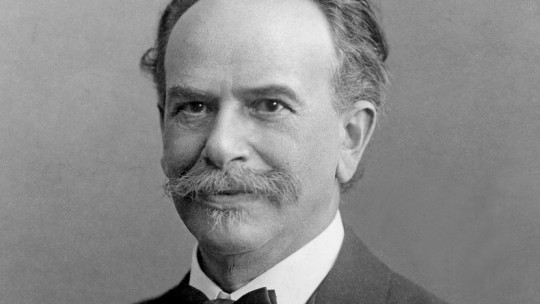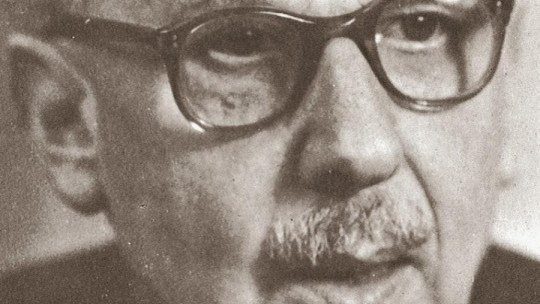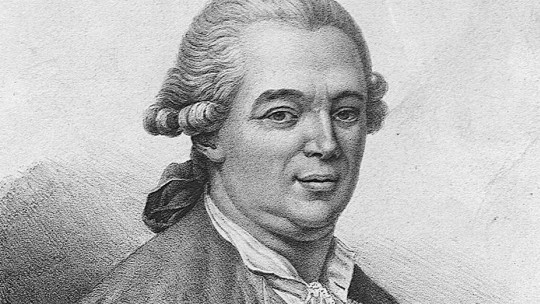
Although it remains a practice questioned by many experts, hypnosis has become a useful method to enhance the effects of psychotherapy in cases of insomnia, smoking and even post-traumatic stress. However, in its beginnings hypnosis was an unscientific procedure whose mechanism was not known even by those who used it.
For a long time hypnosis It was known as “mesmerism” in honor of Franz Mesmer, the doctor who popularized this technique. In this article we will explain what mesmerism consisted of and what were the peculiar hypotheses on which its creator was based. We will also briefly review the development of hypnosis after Mesmer.
Who was Franz Mesmer?
Franz Friedrich Anton Mesmer He was born in Iznang, a town in southwestern Germany, in 1734. Although he previously studied theology and law, he received a doctorate in medicine from the University of Vienna with a thesis titled “On the influence of the planets on the human body”; It is believed that in it he partially plagiarized the work of the doctor Richard Mead.
In his thesis Mesmer stated that The gravitational forces of the stars played a role in health and illness, intuitively expanding Isaac Newton’s theory of gravity. Later he would develop these ideas until reaching the most famous concept in his work: animal magnetism, to which we will dedicate the following section.
At the age of 33 he established himself as a doctor in Vienna, but he was not satisfied with the procedures of the time, which he considered aggressive and ineffective. The case of Francisca Österlin, a patient with hysteria marked a turn in his career: according to Mesmer, he transferred “animal magnetism” from his body to Ms. Österlin’s using magnets, suppressing the symptoms for a few hours.
From this case Mesmer acquired some fame in Vienna, but moved to Paris in 1777 since his abilities were questioned by a gruesome case of psychogenic blindness. In France he trained several disciples and tried to get his methods considered legitimate; He gained both recognition and criticism, and ended up exiled to Switzerland.
Mesmerism continued after the death of its creator, in 1815, through his followers, some of whom were respected doctors. From animal magnetism and the attempts of Mesmer’s critics to refute his hypothesis, the field of hypnosis would develop, forever tainted by the reputation of his “father.”
Animal magnetism hypothesis
Mesmer stated that living beings have an invisible fluid, animal magnetism, which allows nervous functioning and whose imbalance can cause many diseases; Therefore, the method to cure them had to consist of the manipulation of magnetism.
Thus, Mesmer started using magnets with the purpose of modifying the concentration of animal magnetism in the affected parts of the body. Specifically, he believed that he could transfer this energy from his body, where it was abundant, to that of his patients. Later he stopped using magnets and developed more extravagant therapeutic procedures.
According to the theses of mesmerism, animal fluid flows through the organism of living beings spontaneously, but sometimes blockages occur in its circulation. Mesmer postulated that diseases could be cured through the induction of “crises” by people with high levels of animal magnetism, like him and his disciples.
Mesmer’s hypothesis must be framed in the context in which he lived. In the 18th century it was not strange to hear talk of magnetism or a “universal fluid”, since there were still alchemists who held such a belief. Newton’s theses on the existence of ether were also popular a substance with similar characteristics.
Mesmer’s techniques
Mesmer sat in front of his patients, making their knees touch, and looked them straight in the eye. He then rubbed the patient’s arms with his hands and pressed his belly with his fingers for a long time; sometimes this caused therapeutic “crises”, for example seizures To finish he played a glass harmonica.
Later, after achieving fame, Mesmer began to apply his treatments to large groups of people – often aristocrats who sought entertainment rather than medicine. In these cases he used a container with iron rods that had to touch the affected part of the body of each person.
Despite his bizarre methods, Mesmer managed to cure many disorders of psychological origin, mainly in cases of hysteria: although his hypotheses were erroneous, his procedures were effective through autosuggestion a mechanism that has been confirmed by scientific research.
From mesmerism to hypnosis
After Mesmer’s death, the effects of mesmerism would be attributed to the control of patients’ behavior. Nevertheless, Physicians such as John Elliotson and James Eisdale turned to Mesmer’s methods to treat psychogenic disorders or anesthetize their patients; This last use became irrelevant with the appearance of chemical anesthetics.
The transition from magnetism to hypnosis is attributed to James Braid, a Scottish surgeon who coined the term “hypnotism.” Braid claimed that the state of hypnosis depended on the physical and mental conditions of the patient, and not on an abstract magnetic fluid; However, the effectiveness of mesmerism in some alterations seemed undeniable to him.
On the other hand, there were also those who followed the tradition of magnetism, mainly to cure physical illnesses. Between the 18th and 19th centuries the profession of the “magnetizer” existed people who used magnets or gestures similar to those of Mesmer based on his pseudoscientific proposals.
Because of the weakness of Mesmer’s hypotheses, the hypnotists who followed him were discredited by the scientific community. To a large extent this position is maintained today, despite the fact that hypnosis has been validated by science as a supportive therapeutic instrument

